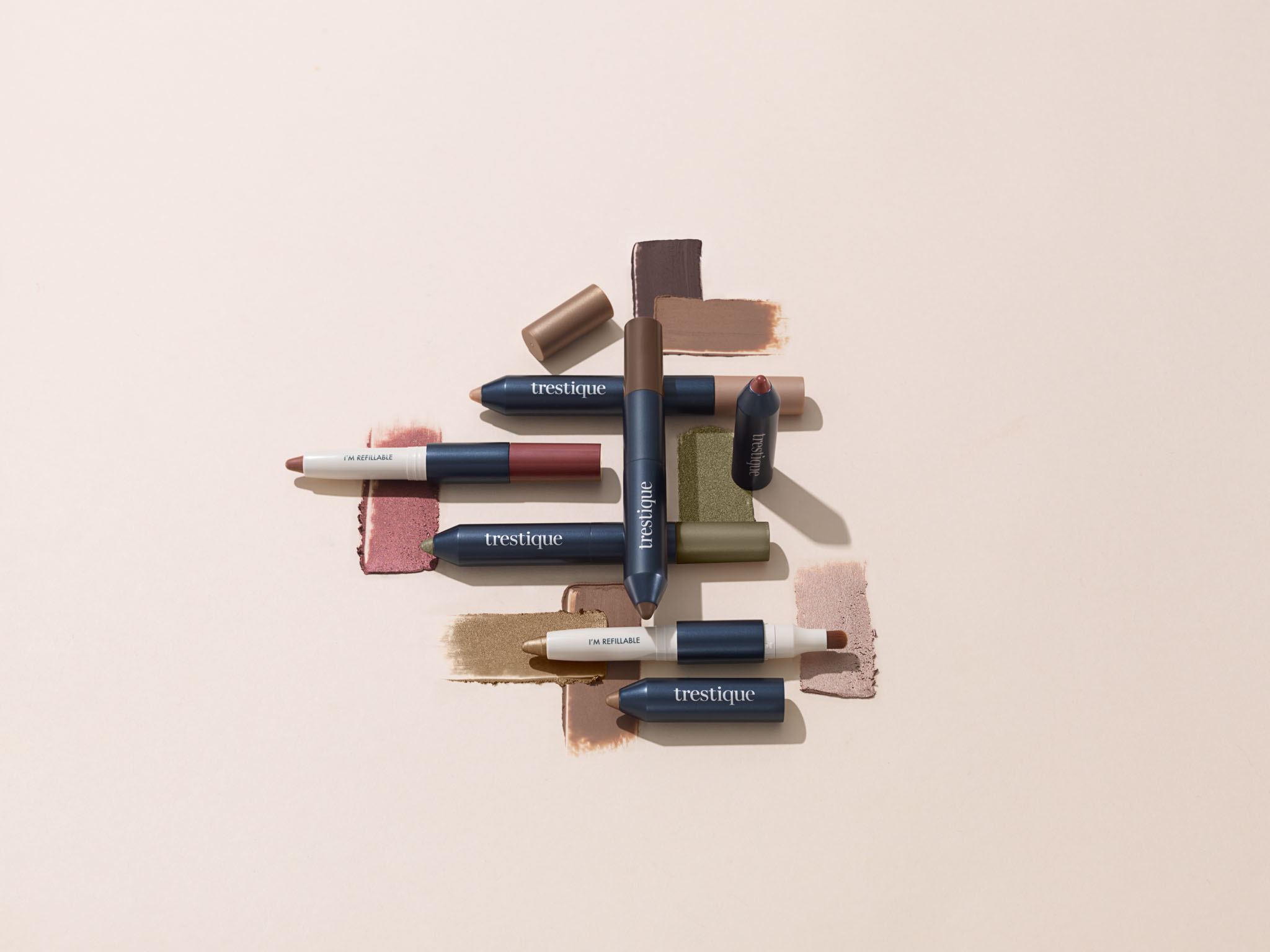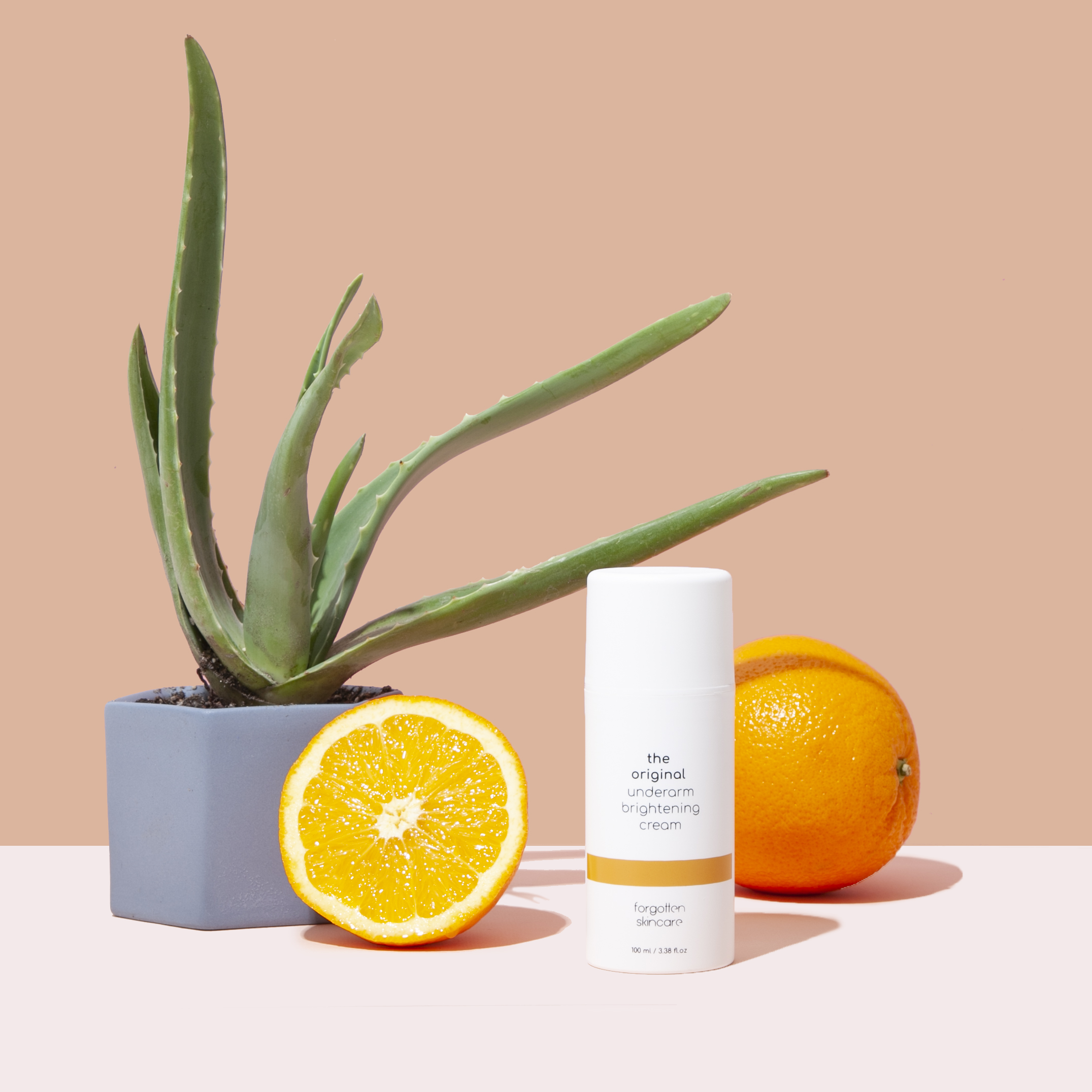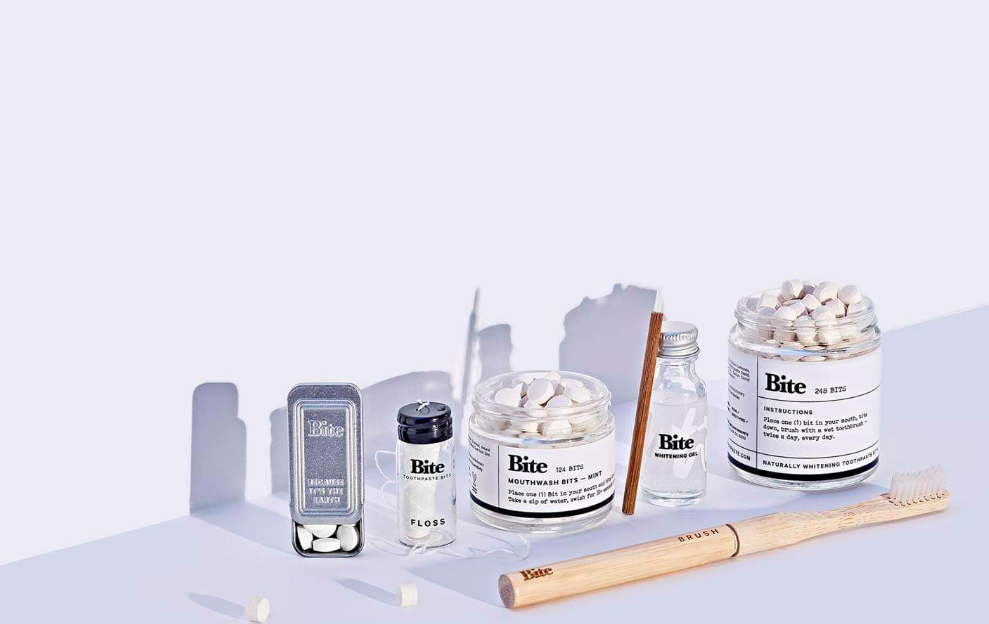Kinks in the supply chain continue to hamstring the beauty industry, bringing delayed launches, reworked production schedules, expensive air freight, threat of higher prices, squeezed margins and the potential of holiday shortages with them.
Alicia Yoon, founder and CEO of K-Beauty company Peach & Lily, singles out supply chain disruptions as among the biggest issues facing the industry. “It’s become even more challenging than 2020,” she says. “We have started planning even farther in advance to accommodate while striking a balance to stay as agile as possible.”
The pain is intensified for small beauty companies that don’t have the clout to push themselves to the fronts of shipment queues. They’re constantly in pursuit of available transportation, ingredients and packaging, and weighing how to best communicate with their customers about the consequences of supply chain mayhem for their products and cope with soaring costs. Beauty industry insiders don’t believe the problems will subside soon and fear Santa will be forced to navigate slim present pickings as he goes to stuff stockings this holiday season.
“This is going to be the new normal,” says Jack Bensason, co-CEO and co-founder of Trestique, a makeup brand that just received a packaging overhaul to reduce its environmental footprint. “I’m sure people are already thinking about this for next year.”
“Raise your hand if you remember when all of the packaging was out of stock and being gobbled up to put hand sanitizers in? That was March of 2020 and, since then, the world has been experiencing delays in the supply chain,” says Melody Bockelman, CEO of Private Label Insider, a beauty product development and marketing agency. “From labor shortages, port congestion and limited shipping space and containers, the beauty industry has felt the effects.”
To illustrate the effects, Deborah Weinswig, CEO and founder of insights firm Coresight Research, cites figures from Drewry World Container Index showing bottlenecks at ports, compounded with shutdowns from positive COVID-19 cases, have driven up freight container rates for 40-foot containers as much as 351% year-over year. “These costs will hurt retailers’ margins and/or be passed on to consumers,” forecasts Weinswig.
 As a result of supply chain disruptions, beauty brands may have to be a lot more careful about what they launch. Jack Bensason, co-CEO and co-founder of Trestique, doesn’t think that’s necessarily a bad thing. He says, “Maybe less is more, and brands can be more selective in what they bring to market.”
As a result of supply chain disruptions, beauty brands may have to be a lot more careful about what they launch. Jack Bensason, co-CEO and co-founder of Trestique, doesn’t think that’s necessarily a bad thing. He says, “Maybe less is more, and brands can be more selective in what they bring to market.”
Although supply chain knots aren’t new, the industry was caught off guard by enormous jumps in shipping prices, according to Bensason. “There was no warning. Freights from China to the U.S. are four or five times higher,” he says. “A 40-foot container that cost $4,000 to $5,000 in the past is now $15,000 to $20,000.”
The multifaceted holdups have gone beyond shepherding products to desired destinations to securing bottles, pumps and corrugated packaging. “Components are taking about two months longer to source,” says Jeffrey Ten, a beauty industry consultant who was recently general manager of the newly introduced Sobel Skin Rx.
Amplifying the headache is that, once goods are ready, there are often no boats for them. When transportation is accessible, it’s protracted. It can take more than two months from China to the United States versus as few as 24 days pre-pandemic. The clog is exacerbated by duties charged for materials made in China that importers don’t want to pay, leaving merchandise sitting in facilities. Some ports are closed in China; freight options have been narrowed, and there’s a dearth of truck drivers to service ports.
The crunch has jolted the beauty industry when demand for beauty merchandise is kicking into high gear, and there’s expectations that the holiday shopping season could be robust. Retailers are keenly aware of the supply chain struggles and have been revving up holiday efforts early, not unlike last year.
“It’s become even more challenging than 2020.”
Accounting behemoth KPMG predicts sales for the 2021 holiday season will be 7% higher than last year. As a result of supply chain hiccups, consumers will probably see loftier prices, empty retail shelves and gaps in online selections. In a survey of retail executives, 82% told KPMG they’re “somewhat” or “very concerned” about inventory shortages. “If a beauty line didn’t ship by now, the goods probably won’t make it [by holiday],” says Bensason.
Beauty brands are busy strategizing to stay in stock. They are keeping alternative suppliers in their back pockets, switching materials when appropriate, and tweaking production and delivery schedules. Doubling down on digital to circumvent shipments to physical stores is another strategy.
“We are advising our clients to plan ahead now for the holiday season all the way through the end of the first quarter of 2022,” says Bockelman. “The pandemic doesn’t seem to be going anywhere. So, we as business owners need to learn to plan for delays.”
Shannon Curtin, CEO of New World Natural Brands, parent company of the brands Suki Skincare, Baebody and 18:21 Manmade, says, “My advice to those in the budgeting process [is] it will take longer and cost more in 2022, so be mindful of these facts in order to honor your commitments to your partners.”
 Forgotten Skincare founder Alex Pottash has been dealing with packaging shortages and elevated packaging prices as a result of supply chain disruptions. She’s been looking for different packaging options rather than increasing retail prices.
Forgotten Skincare founder Alex Pottash has been dealing with packaging shortages and elevated packaging prices as a result of supply chain disruptions. She’s been looking for different packaging options rather than increasing retail prices.
There’s pressure to pass on price hikes to consumers. “The prices of everything will come higher,” says Bensason. “Right now, everyone is waiting and seeing. Brands will have to make a decision.”
“It’s frustrating,” acknowledges Sonia Summers, founder of beauty salesforce company Beauty Barrage and brand Shielded Beauty. “We all try to price product competitively, but some of the expenses need to be absorbed somehow. So, you do have to factor all that in, especially when you have to spend so much on promotions and marketing.”
Bockelman says climbing costs will “inevitably” be passed on to consumers, but she thinks consumers aren’t going to abandon the beauty industry in response. She says, “Thankfully, in beauty, consumers are not as price sensitive, so it shouldn’t have too big of a negative impact on a brand’s sales.”
Currently, Bensason is staving off price bumps at Trestique. Instead, he’s hunting for methods to realize greater supply chain efficiencies. The blueprint involves moving production when beneficial, accumulating raw materials for opportunistic pricing and building in increased lead time for replenishment. Bensason says, “Smart brands have good supply chain practices and know how to plan ahead.”
“This is going to be the new normal.”
For the restage of Trestique, Bensason decided to pre-produce a number of items for air shipment to ensure they would be in stock for launch. “We don’t want to have all eggs in one basket…or boat,” he laughs. Air freight and advanced planning aren’t always easy for upstart brands, however, that may not have the cash on hand. One smaller brand founder says she can’t afford to buy materials ahead of time to stock up. There can be advantages to having a smaller, nimbler organization, though.
“Being a privately owned indie brand with a very tight, experienced executive team, we have the competitive edge on pivoting quickly and making decisions much faster than corporate brands with many decision makers in between,” says Inna Tumarin, SVP of domestic sales and global marketing at clean skincare brand Higher Education. “The competitive edge emerging brands have is speed to pivot and speed to react to the market.”
The brand has had to react to delays in obtaining various packaging components. “Internally, we have had to ensure we strategically planned our distribution much further out in advance and have constant strategy conversations and contingency plans in place for an instance something does happen,” says Tumarin. If a supplier is running low on a component, she notes, the brand sets out to line up a backup supplier.
The supply chain clogs are stymieing product launches, the lifeblood of beauty. “Supply chain challenges have definitely changed the pace of new product rollouts. You now need to plan a good 15 to 18 months [ahead], plus you have to factor in global holidays like Chinese New Year,” says Summers. One of Beauty Barrage’s clients had a product slated for a March 2021 release that arrived in September.
 Bite has pushed back a product release from July to September this year due to supply chain troubles. It’s also confronted ingredient prices doubling.
Bite has pushed back a product release from July to September this year due to supply chain troubles. It’s also confronted ingredient prices doubling.
Each element of product development is a hurdle, points out Summers. “I have a client that is waiting for a specific ingredient since March and still has no date for delivery. That raw materials company is awaiting the parts to create it, too,” she says. “This is now impacting retail launches, which doesn’t fair well for those relationships.”
Skincare and body care brand Plant Apothecary delayed the launch of its revitalized body washes due to difficulties procuring PCR [post-consumer recycled] materials. Bite, an oral care brand known for its toothpaste tablets, is developing a product that, in an ideal world, would have bowed in July, but is now being released later this month. On top of delay, it’s had to deal with its ingredient prices doubling.
To offset rising ingredient costs, Bite founder Lindsay McCormick is working to have suppliers share the burden. “We have good relationships with our contract manufacturers. They know we are in it for the long haul,” she says, adding her brand benefits from domestic production. “The good news is our business went up [over the past year] when margins went down.”
The supply chain saga could help rightsize the beauty industry’s constant churn, suggests Bensason. “Maybe less is more, and brands can be more selective in what they bring to market,” he counsels. “Be more selective in what you make. We are not following trends. We have access to innovation, but we are trying to make it more sustainable.”
KEY TAKEAWAYS Alicia Yoon, founder and CEO of K-Beauty company Peach & Lily, singles out supply chain disruptions as among the biggest issues facing the industry. They’ve caused the prices of packaging, ingredients and transportation to skyrocket, and led to product launch delays and out-of-stocks. “This is going to be the new normal,” says Jack Bensason, co-CEO and co-founder of cosmetics brand Trestique. For the holiday season, beauty industry insiders believe the supply chain clogs will cause empty shelves and gaps in online assortments. They anticipate the problems will continue into 2022. The pain is intensified for smaller brands that don’t have the clout to thrust themselves to the fronts of shipment queues. They’re constantly trying to pin down available packaging, ingredients and transportation, and weighing how to communicate to customers about the impacts of supply chain issues on their products. It’s expected the elevated costs along the supply chain will push up beauty product prices. However, at the moment, many brands are attempting to stave off price increases. Instead, they’re hunting for ways to realize greater supply chain efficiencies. The supply chain difficulties have highlighted the importance of advance planning. “You now need to plan a good 15 to 18 months [ahead], plus you have to factor in global holidays like Chinese New Year,” says Sonia Summers, founder of beauty salesforce company Beauty Barrage and brand Shielded Beauty. Melody Bockelman, CEO of beauty product development and marketing agency Private Label Insider, says, “We as business owners need to learn to plan for delays.” Having constant conversations internally and externally is crucial to being on top of rising costs and delays. Brands are leaning on their suppliers to share some of the burdens of elevated costs. Bensason thinks the supply chain chaos could spark a reconsideration of the beauty industry’s flood of product launches. He says, “Maybe less is more, and brands can be more selective in what they bring to market.”
Source link : https://www.beautyindependent.com/supply-chain-chaos-holiday-season-beauty-brands-continue-2022












